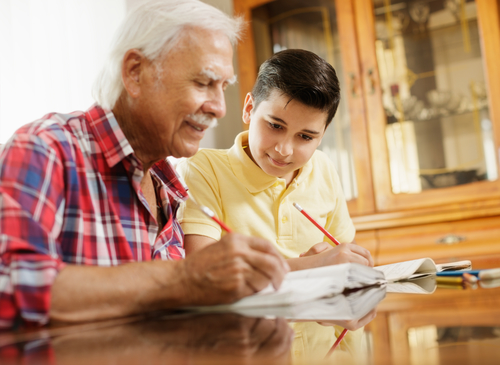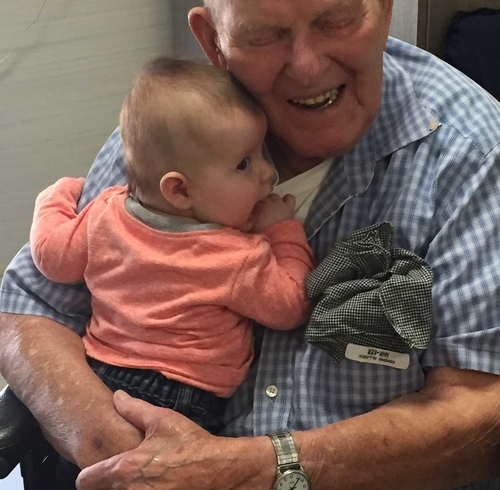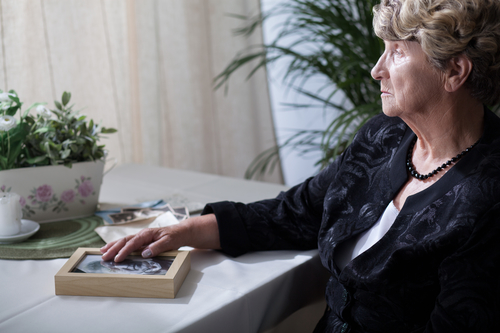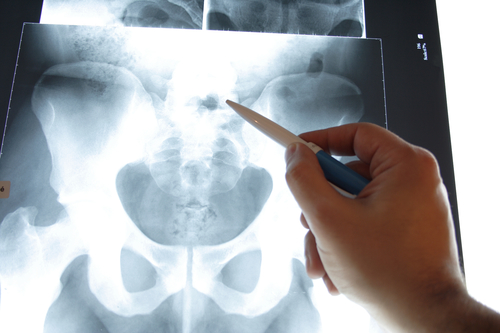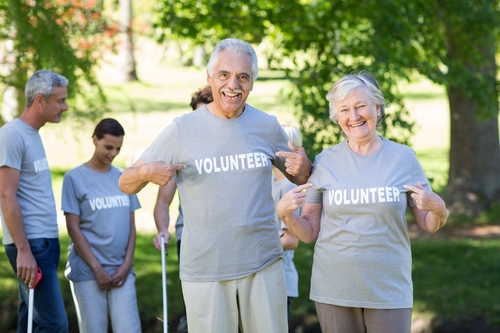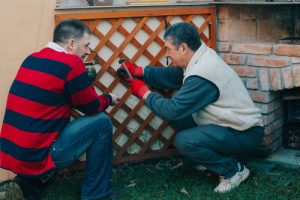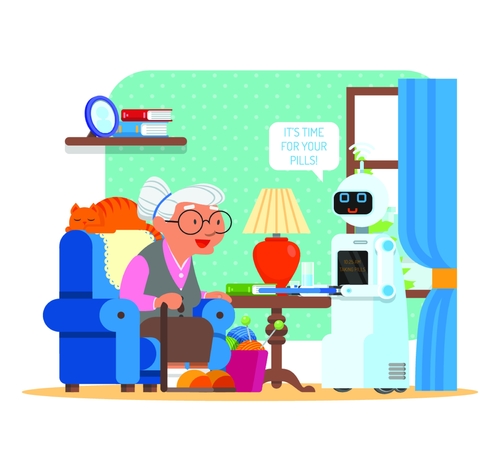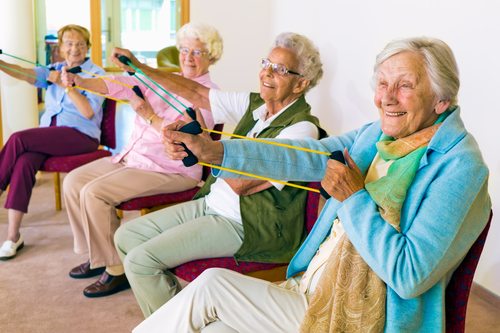
While Alzheimer’s is a slowly progressive disease, it seems like it comes out of nowhere for the loved ones. What went from simple forgetting, suddenly turns into not knowing how to get home, not recognizing faces, and other symptoms. But there are small signs that can happen before the major ones. Here are seven early signs of Alzheimer’s.
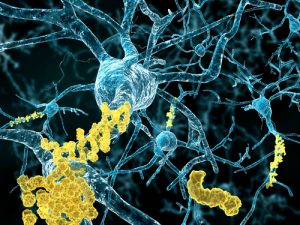
7 Signs of Alzheimer’s
1. Stealing or Other Law Breaking Behavior
While behavioral changes are to be expected, this specific change can be a sign of Frontotemporal dementia that strikes people between the ages of 45 to 65. People’s executive functions, like knowing right from wrong, can be affected by this disease.
2. Falling a Lot
While falling does become more of a risk as we age; if you notice a loved one consistently falling, it can be an early sign of Alzheimer’s.
3. Forgetting How Objects Work
Not remembering where you put your keys is fine, but forgetting what they are for is a problem.
4. Eating Inappropriate Things
Even though people with Alzheimer’s tend to eat more than their other aging counterparts, they still lose weight. Doctors are not sure why this is happening or why people with Alzheimer’s tend to eat inedible objects. There have been reports of paper being eaten as one of the most common.
5. Not Being Able to Recognize Sarcasm
As we have already written about before, not being able to sense sarcasm is a sign of possible Alzheimer’s.
6. Depression
Also written about previously, depression can be a factor in Alzheimer’s. Studies have shown that if you’ve been severely depressed that it may make you more susceptible to Alzheimer’s.
7. Unfocused Staring
An unfocused stare could mean an unfocused mind. This can be an early sign of the “tangles” in your brain that cause Alzheimer’s.
Read more here.


